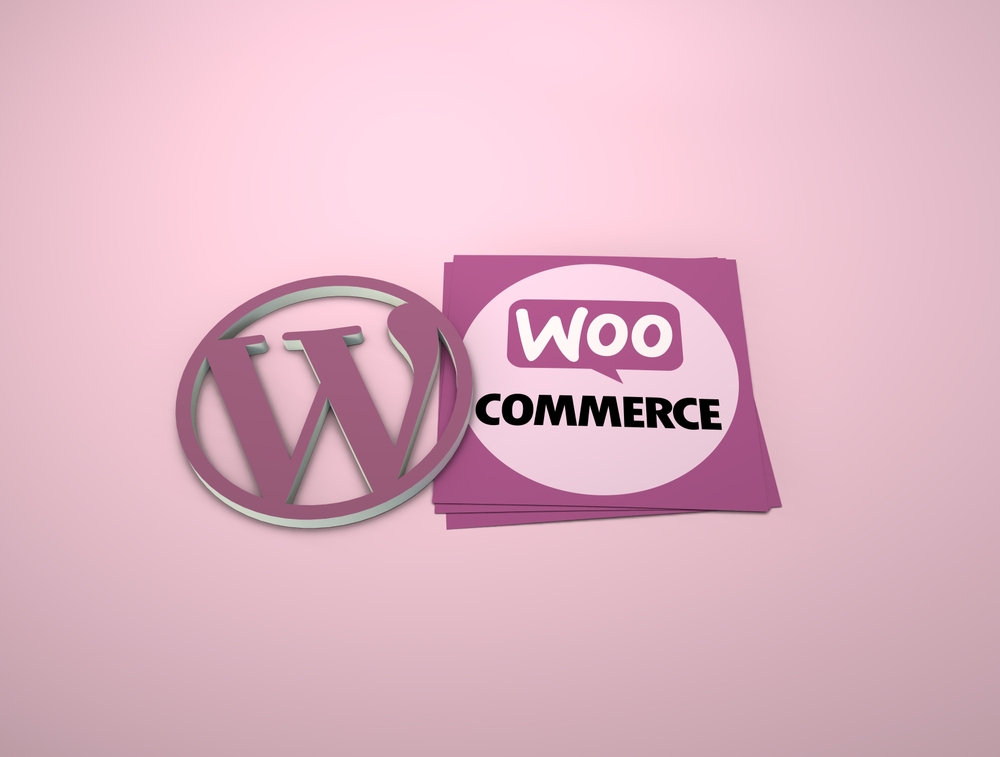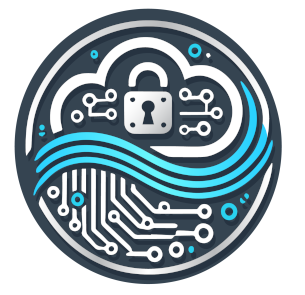
Today, if you are a retailer of any sort, selling a tangible product that customers can touch and feel, you have a variety of options:
- Open a brick-and-mortar store
- Build a website to supplement sales of your store (or as a stand-alone)
- Get to promoting your business
Opening a brick-and-mortar storefront however is quite an expense and many businesses that are just starting out just don’t have the capital to foot the bill for rent, electricity, water, point-of-sale systems, inventory systems, security mechanisms and employees. We are not even taking into consideration the problems that come along with having a storefront that include:
- Employee thievery
- Customer thievery
- Store damage (floods, fire, electrical, disgruntled employees, disgruntled customers!)
- Holiday closures
For those businesses that are frugal by necessity, getting a footing in the industry involves having a strong web presence and a dominant part of that presence is having a powerful and easy to use E-Commerce solution. There are many E-commerce solutions out there, but the most popular and easy to use solution is WooCommerce integrated with WordPress & Elementor.

Reaping the Benefits of Cloud
Using the Software as a Service model, Shopify is a cloud-based solution that takes advantage of what the cloud has to offer, namely:
- Cost Efficiency – Invoking only the services that are necessary to service any particular customer, the system maintains a low cost that is reflected back onto the client.
- Scalability – Any cloud-based system worth is weight is developed with scalability in mind, assuring that as activity grows, so to does the infrastructure, assuring it keeps up with traffic.
- Reliability – Redundancy plays a role in making certain that the service stays up and available no matter the disaster, consumer traffic or any other possible calamity
- Security – Financial transactions, especially online transactions, need to be secure. This is also true for consumer data that is in transit or at rest. Cloud-based systems have to be secure, and many providers adhere to the security protocols such as SOC 1/ISAE 3402, SOC 2, SOC 3 FISMA, DIACAP, and PCI DSS, the latter of which is directly related to online payment processing.
- Performance – There is an expectation from consumers these days for immediate responses. To that end, SaaS systems need to perform and thankfully the ability of cloud infrastructure these days allows for systems to scale out to be consistently responsive regardless of the traffic that is thrown at it (if it is architected correctly).
- Operational Effectiveness – This covers a lot of things, but in terms of the cloud, this generally means that SaaS providers can output updates to their systems quickly and seamlessly, they can address issues and make adjustments on the fly, with minimal staff, allowing them to focus more on business needs.
Operating under this model, Shopify has the flexibility to offer their customers a range of services, giving mom-and-pop retail shops, that can’t afford a physical brick-and-mortar storefront, the ability to sell their wares without breaking the bank.
What's on offer?
Retailers tend to be well-versed in the items they are selling, but when it comes to building a website and getting their hands a little dirty on the technology side, they simply don’t know where to start.
By utilizing the built-in integration of WooCommerce with Elementor sitting on WordPress, I remedy that by:
- Sales Widgets: Elementor allows me to seamlessly add all the necessary widgets for a robust online shopping website, including a shopping cart, products, breadcrumbs, product categories, you name it .
- Sales Channels: What good is there in having a kick@$$ website if no one knows about it? WooCommerce gives retailers the tools to sell on social media, marketplaces, blogs and websites.
- Shop-Pay: A one-click check out system for the quicker sale
- Business Management Tools: In the back-end, retailers need tools for product sourcing, inventory management, payment processing, shipping, customer accounts, marketing and reporting. WooCommerce has those too.
- Apps, APIs, Integration: There are hundreds of apps out there to satisfy every possible need, and when a retailer gets bigger and has more complex needs, APIs and other integrations into WooCommerce allow coders like myself to extend the capabilities of WooCommerce to the customer needs.
All of these capabilities have allowed WooCommerce to become the number one E-Commerce platform on the market, so if you encounter a website that has a shopping cart, it’s a good bet that WooCommerce is the technology behind those online purchasing capabilities.

Success Breeds Growth
The old adage of “No Pain No Gain” applies to more than just a workout. Sometimes success creeps up on you and if you are not ready for it, it can overwhelm you. Have you ever heard of a company having growing pains? Well, that is normally used when success overwhelms the processes and systems that a company has in place and there is a mad scramble to make certain that every customer is happy and well-serviced while trying to find ways to tamp down the mad scramble.
Like anything, customers sometimes grow beyond the capabilities of WooCommerce and want to access features or create new functionality to satisfy a business need that WooCommerce just doesn’t provide or that may be out of the scope of what they provide.
When this happens, companies normally have reached a tier of success that allows them a little more leverage in terms of the resources that they can apply to a problem. This is where Secure Wave Consulting comes in.
Extending Capabilities
WooCommerce offers APIs (Application Program Interfaces), plugins and a variety of other integrations that allow developers, like Secure Wave Consulting, to extend the capabilities of WooCommerce for their clients and even provide integrations into CRM’s (Customer Relationship Management), like Hubspot or backend ERP (Enterprise Resource Planning) systems like NetSuite, Microsoft Dynamics 365 or SysPro.
All of these systems brought together into one seamless flow makes the entire user experience better, increasing sales, while the integration of the backend processes streamlines the business processes reducing the overhead that can lead to logistical failures. All in all, the business ultimately increases sales while reducing the overhead associated with disjointed systems, getting a net gain on overall ROI.
Conclusion
If you use WooCommerce or some other E-Commerce platform and are starting to realize that you want to do things that are a little beyond what your chosen platform provides, keep in mind that there are ways to extend those capabilities and experts ready and willing to give a hand.

